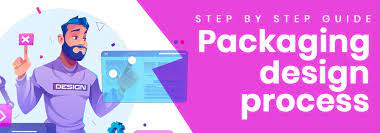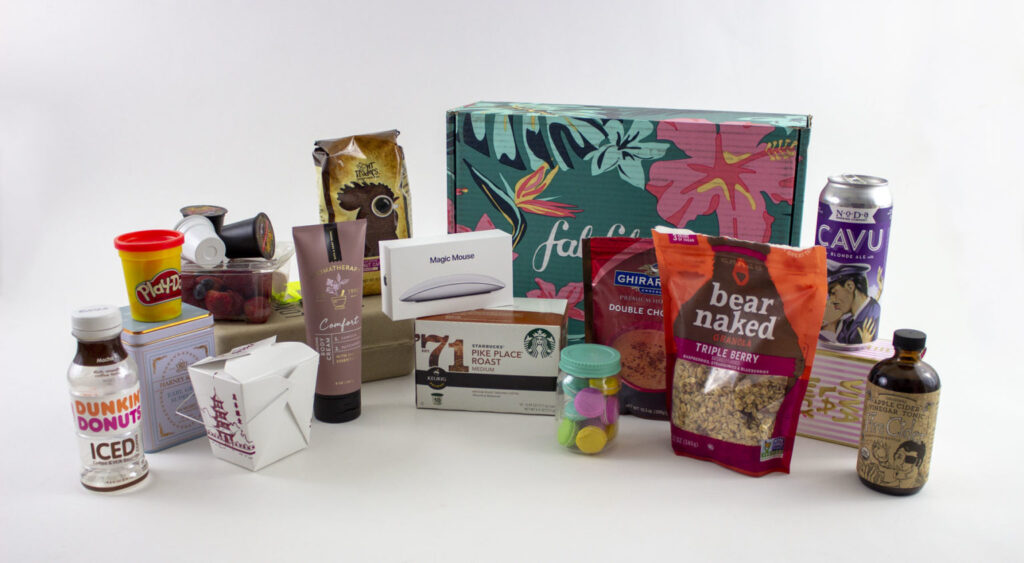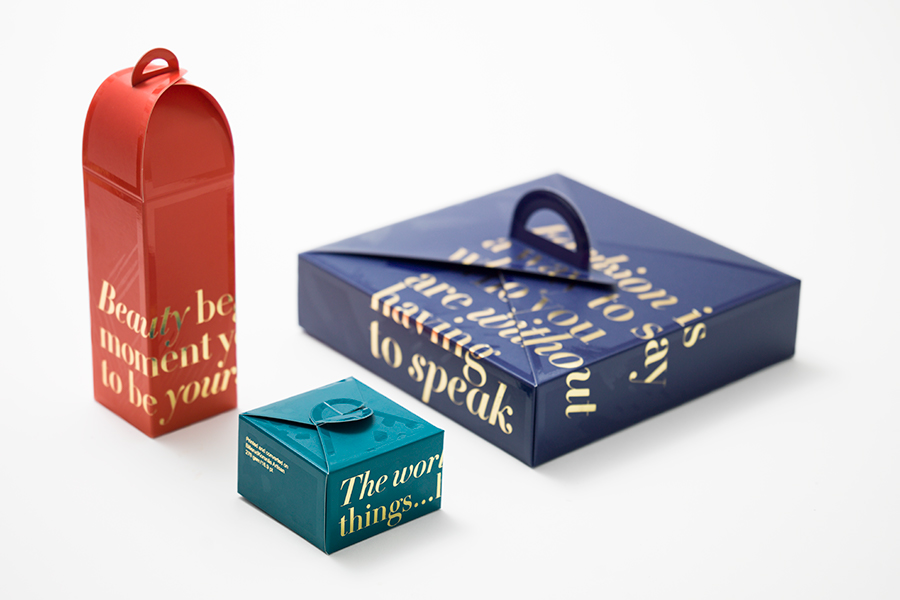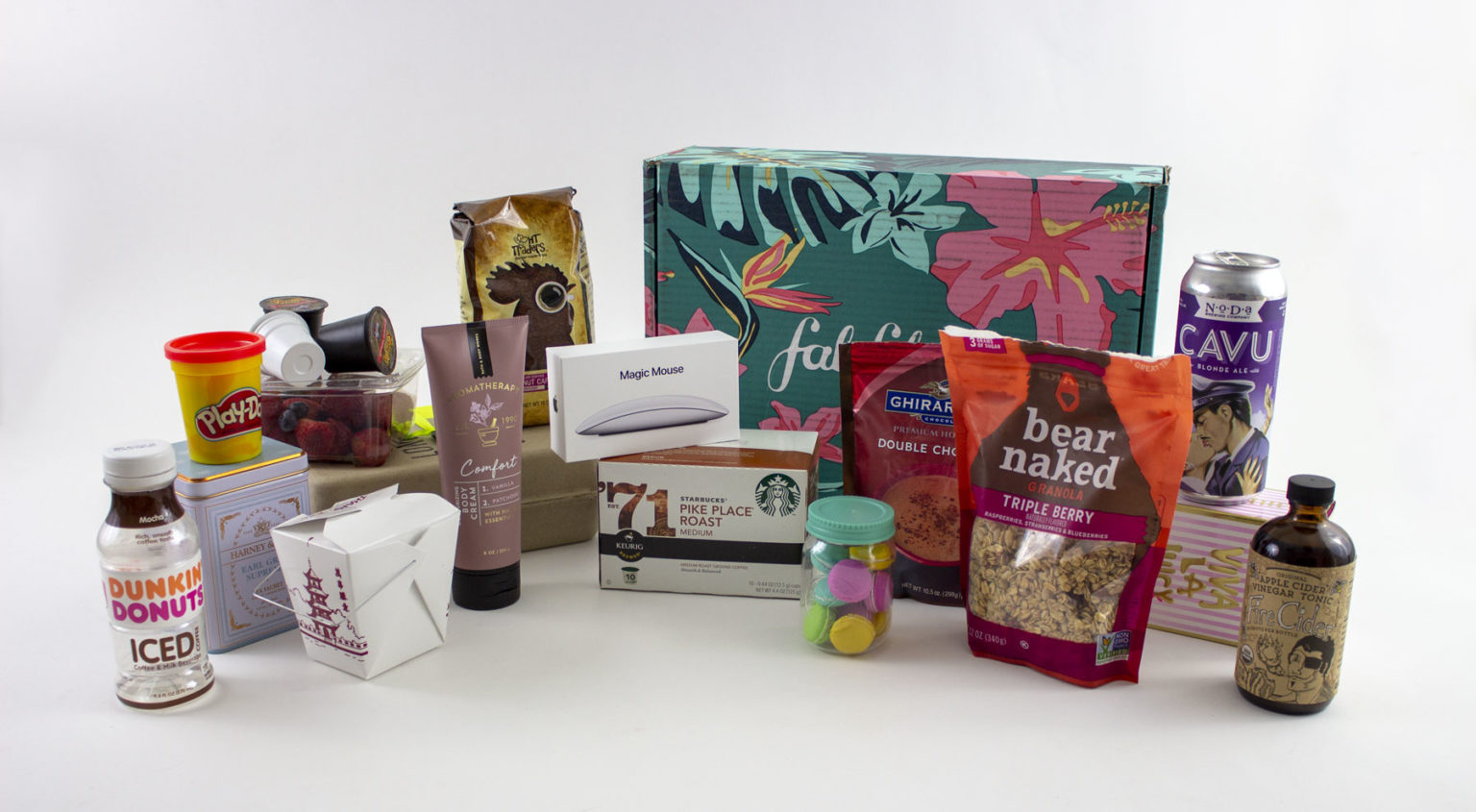At our agency, we understand the critical role that packaging and product design play in capturing consumer attention, communicating brand values, and driving sales. In this article, we will share our method for designing effective packaging and product design that stands out in the market and resonates with your target audience.
I. Understanding the Brand and Target Audience
Understanding the brand’s identity, values, and positioning is essential for effective packaging and product design. It allows designers to create designs that are cohesive with the brand’s overall image and messaging. By understanding the brand’s essence, designers can ensure that the packaging and product design accurately reflect the brand’s personality, values, and desired perception.

Conducting thorough market research is equally important in understanding the target audience. Research helps identify the preferences, needs, and aspirations of the target audience, allowing designers to tailor the packaging and product design to appeal to them effectively. By understanding the target audience’s demographics, psychographics, and purchasing behaviors, designers can create designs that resonate with and attract the intended consumers.
II. Defining the Objectives and Key Messages
Clearly defining the objectives of the packaging and product design is crucial to ensure a focused and effective design process. Objectives may include enhancing brand recognition, communicating product features and benefits, or creating a premium and luxurious perception. These objectives serve as guiding principles for the design process and help align the design with the overall business goals.
III. Concept Development and Ideation
Concept development and ideation involve brainstorming and generating creative ideas for packaging and product design. Designers explore different visual elements, styles, and themes that align with the brand and target audience. They consider factors such as color psychology, typography, imagery, and layout to create designs that are visually appealing and emotionally engaging.

IV. Balancing Aesthetics and Functionality
Striking the right balance between visual appeal and practical functionality is crucial in packaging and product design. While aesthetics play a significant role in capturing attention and conveying the brand’s personality, functionality is equally important. Packaging should be user-friendly, facilitate product use, and provide adequate product protection. Balancing aesthetics and functionality ensures a positive user experience and enhances the perceived value of the product.
V. Creating a Strong Visual Identity
Establishing a strong visual identity is essential for brand recognition and differentiation. Consistent branding elements such as color palette, typography, logo placement, and graphic style help create a cohesive and recognizable visual identity. These elements should be consistently applied across packaging and product design to create a unified and memorable brand presence.

VI. Iterative Design Process
The design process is iterative and involves multiple rounds of feedback and refinement. Collaboration and communication between the design team and the client are essential throughout the process. Designers present initial concepts and designs to gather feedback and insights from stakeholders, allowing for revisions and improvements based on the feedback received.
VII. Testing and Validation
Testing the packaging and product design with the target audience is crucial to gather feedback and validate its effectiveness. Designers can conduct focus groups, surveys, or usability testing to gather insights from potential consumers. This feedback provides valuable information on how the design is perceived, its impact on the target audience, and areas for improvement.
Based on user feedback and preferences, designers can make necessary adjustments to the design, ensuring that it effectively communicates the intended messages and resonates with the target audience.
VIII. Production and Implementation
Once the final design is approved, designers prepare the design files for production. Considerations such as material selection, printing techniques, and quality control are important to ensure that the design is executed as intended. Designers work closely with manufacturers or production teams to ensure the design is accurately reproduced and meets the desired quality standards.
In conclusion, our method for designing effective packaging and product design is rooted in a deep understanding of the brand, target audience, and market dynamics.
Key Takeaways:
- Deeply understand your brand’s identity, values, and positioning before embarking on packaging and product design.
- Conduct thorough market research to gain insights into the preferences and needs of your target audience.
- Clearly define the objectives and key messages you want to communicate through your packaging and product design.
- Strike the right balance between aesthetics and functionality to enhance user experience and product protection.
- Establish a strong visual identity that is consistent with your brand’s personality and values.
- Engage in an iterative design process that allows for feedback and refinement.
- Test and validate your designs with the target audience to ensure their effectiveness.
- Pay attention to production and implementation details, such as material selection and quality control.
Contact us today to discuss how we can collaborate and bring your brand vision to life through compelling and impactful designs.

Leave a Reply